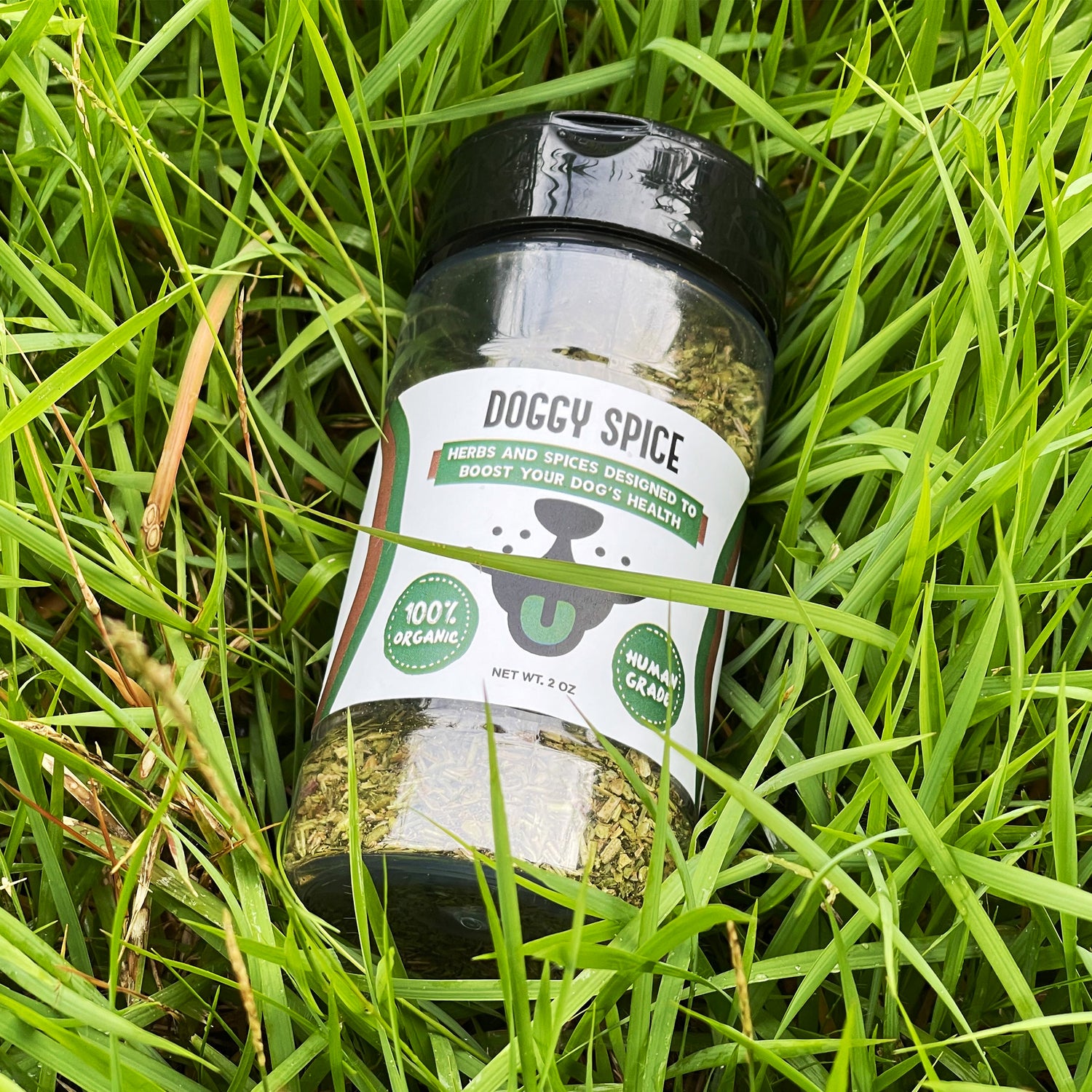
Winter Care Tips for Dogs with Short Coats
Share
Introduction
When winter arrives, dogs with short coats need extra care to stay warm and healthy. Breeds like Greyhounds, Boxers, and Chihuahuas are more susceptible to the cold due to their lack of insulation. 🐾
This guide provides essential tips to help your short-coated pup thrive during the chilly season. Let’s explore ways to keep them cozy, safe, and comfortable. ❄️
Why Do Short-Coated Dogs Need Extra Winter Care?
Short-coated breeds lack the natural protection of long or double-coated dogs. As a result, they lose body heat quickly, making them prone to:
- Hypothermia
- Frostbite
- Joint stiffness
Providing the right care ensures your dog stays active and happy, even in the coldest months.
Essential Winter Care Tips for Short-Coated Dogs
-
Dress Your Dog for Warmth 🧥
Short coats don’t provide sufficient warmth in freezing weather.
- Use sweaters or jackets for outdoor walks.
- Look for waterproof materials for snow or rain.
- Ensure the clothing is snug but doesn’t restrict movement.
-
Provide Warm Bedding 🛏️
Ensure your dog has a cozy place to rest indoors.
- Use heated dog beds or thermal blankets.
- Keep the bedding elevated to avoid cold floors.
- Place their bed in a draft-free area.
-
Limit Time Outdoors 🌬️
Short-coated dogs shouldn’t stay outside for long in cold weather.
- Limit walks to 15–20 minutes.
- Avoid outdoor play during extreme weather.
Winter Walking Safety Tips
Walking your dog in winter requires extra precautions:
Before the Walk
- Moisturize Paw Pads: Apply paw balm to prevent cracking.
- Dress Warmly: Use sweaters, boots, or coats for added protection.
During the Walk
- Stay on Cleared Paths: Avoid icy or salted areas.
- Watch for Frostbite: Look for pale or icy skin on ears, paws, or tails.
After the Walk
- Clean Their Paws: Wipe off ice, snow, or salt.
- Dry Thoroughly: Ensure your dog is completely dry to avoid chills.
Dog Nutrition and Hydration in Winter
Maintain a Balanced Diet
Cold weather increases energy needs to maintain body heat.
- Provide high-quality, protein-rich food.
- Consider healthy fats for an energy boost.
Ensure Proper Hydration
- Use a heated water bowl to prevent freezing.
- Monitor water intake, as dogs may drink less in winter.
Indoor Activities for Short-Coated Dogs
When outdoor time is limited, keep your pup engaged with these indoor activities:
- Puzzle Toys: Stimulate their mind while keeping them active.
- Tug-of-War: A great way to burn energy indoors.
- Hide and Seek: Hide treats or toys around the house.
Winter Grooming Tips
Even short-coated dogs benefit from regular grooming in winter:
- Brush weekly to maintain a healthy coat and improve circulation.
- Use moisturizing shampoos to prevent dry skin.
- Trim nails to ensure a secure grip on slippery surfaces.
🌟 Expert Insight: The Importance of Winter Care
"Short-coated dogs are more vulnerable to cold weather and require added protection to stay healthy and comfortable. Proper clothing, nutrition, and limited exposure to the elements are essential during winter months."
— Dr. Lisa Morrison, DVM
Top Herbs and Spices to Keep Your Dog Healthy All Year 🌿
- Cleavers (Galium Aparine) - Supports lymphatic health
- Rosemary- Antioxidant-rich
- Dandelion Greens - Provides vitamins A, C, and K
- Basil - Calming properties
- Peppermint - Aids digestion
- Celery Seeds - Anti-inflammatory benefits
- Dill - Rich in antioxidants
- Oregano - Immune-supporting
- Parsley - Supports fresh breath
- Thyme - Immune booster
- Ginger - Soothes stomachs
- Tumeric - Anti-inflammatory properties
These herbs and spices can easily be incorporated into your dog’s meals with Doggy Spice to promote overall well-being. 🌱
Signs Your Short-Coated Dog May Be Too Cold
Recognizing when your short-coated dog is too cold is essential for their comfort and health during the winter months. Dogs cannot always communicate discomfort effectively, so paying attention to their behavior and physical signs is key. Here are some common indicators that your pup might need extra warmth:
Behavioral Signs
- Shivering or Trembling: One of the most obvious signs of being too cold.
- Seeking Warmth: Curling up in warm spots, such as near heaters or under blankets.
- Reluctance to Go Outside: Hesitating or refusing to go on walks or into the yard during cold weather.
Physical Signs
- Cold Ears and Paws: Feeling noticeably cold to the touch, especially in extremities.
- Tucked Tail: Curling the tail tightly against the body to conserve heat.
- Lethargy or Sluggishness: A drop in energy levels, as the body diverts energy to stay warm.
Severe Symptoms of Cold Exposure
If your dog is exposed to cold temperatures for extended periods, they could develop hypothermia or frostbite. Watch for these signs and seek veterinary care if necessary:
- Pale or Discolored Skin: Particularly on ears, paws, or tails, which may indicate frostbite.
- Uncontrolled Shivering: Persistent and violent shivering that doesn't subside.
- Confusion or Unresponsiveness: A sign of severe hypothermia requiring immediate attention.
Tips to Keep Your Dog Comfortable in the Cold 🥶
➡️ Ensure your dog is wearing an insulated coat or sweater during outdoor activities.
➡️ Limit exposure to frigid temperatures, especially if your dog shows any of the above symptoms.
➡️ Provide warm bedding in a draft-free area to help them recover from the cold.
By monitoring your dog's behavior and physical condition, you can take quick action to keep them warm and safe during the chilly winter season.
Short Hair Dogs in Winter Frequently Asked Questions (FAQ) 🧐
How cold is too cold for short-coated dogs?
Generally, temperatures below 45°F (7°C) can make short-coated dogs uncomfortable. Below 32°F (0°C), additional precautions like coats and limited outdoor exposure are necessary.
What are the best winter clothes for dogs?
Look for insulated sweaters or jackets that cover the chest and belly. Waterproof options are ideal for snowy or rainy weather.
Can short-coated dogs get frostbite?
Yes, frostbite can occur on exposed areas like paws, ears, and tails if they’re out in extreme cold for too long.
How can I keep my short-coated dog active indoors?
Engage them with puzzle toys, indoor fetch, and obedience training to keep their mind and body stimulated.
Should I bathe my dog less in winter?
Yes, reduce baths to avoid stripping natural oils. Use moisturizing shampoos when bathing is necessary.
Winter Care Checklist for Short-Coated Dogs
|
Task |
Frequency |
Notes |
|
Provide warm clothing |
Every outdoor walk |
Ensure proper fit and coverage |
|
Clean and dry paws |
After each walk |
Check for cracks or irritation |
|
Maintain hydration |
Daily |
Use warm or room-temperature water |
|
Grooming |
Weekly |
Focus on brushing and moisturizing skin |
|
Inspect for frostbite |
After exposure |
Check ears, paws, and tails |
Conclusion
Winter can be challenging for short-coated dogs, but with the right care, your furry friend can stay warm, healthy, and happy. By providing warm clothing, nutritious food, and indoor activities, you’ll ensure they thrive in the colder months. Remember, every dog’s tolerance to cold is unique, so adjust their care routine as needed.

